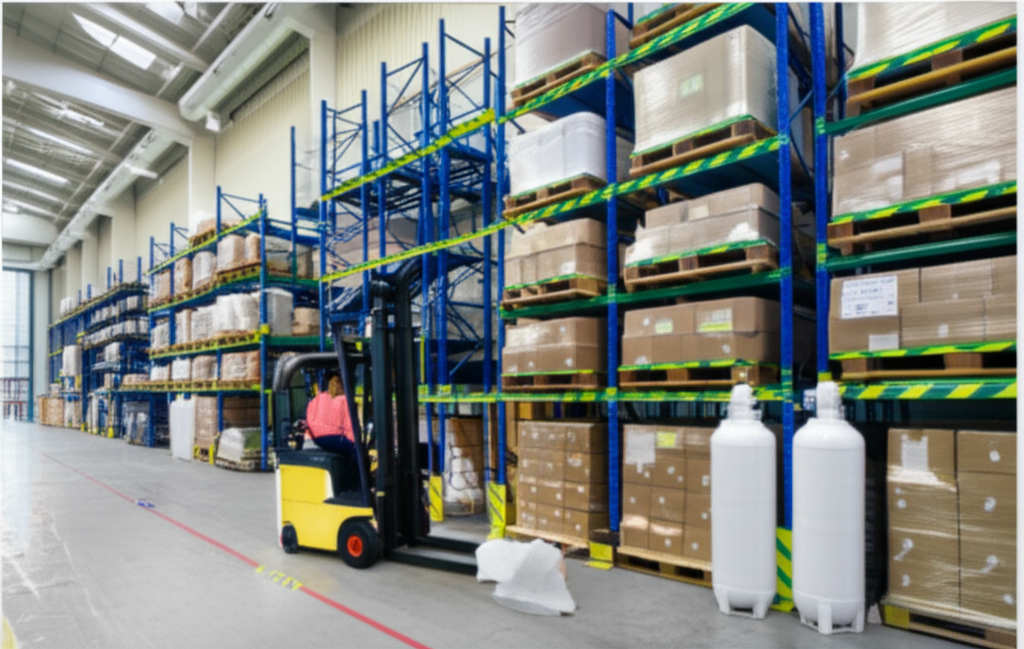In the rapidly evolving world of pharmaceutical intermediates, 3-hydroxypyridine stands as a crucial component for drugs like benidipine hydrochloride, utilized across medicine, pesticides, and dyes. Yet, traditional production methods have long been plagued by high energy consumption, toxic byproducts, and significant waste generation, making the quest for sustainable alternatives imperative. Conventional techniques, such as sulfonation catalyzed by mercury sulfate or oxidations involving hazardous substances like chlorine and bromine, demand extreme temperatures and pose environmental risks, while newer approaches using hydrogen peroxide still struggle with extraction inefficiencies and decomposition concerns. Enter a groundbreaking innovation: a newly developed synthesis process that promises to revolutionize the field by offering an eco-friendly, cost-effective solution suitable for large-scale operations.

The core of this advancement lies in a four-step reaction sequence that begins with generating peracetic acid through the controlled combination of acetic anhydride and hydrogen peroxide, maintaining a moderate temperature range of 30-50°C to ensure stability and efficiency. This is followed by the introduction of furfurylamine at a low temperature of 0-25°C, facilitating a gentle oxidation reaction that avoids dangerous degradation and unwanted byproducts. Crucially, the inventors incorporated an innovative one-pot acetylation step, where the resulting mixture immediately reacts with additional acetic anhydride to transform the soluble 3-hydroxypyridine crude into a more manageable 3-acetoxypyridine intermediate. This clever shift not only simplifies isolation but also enables efficient recovery of acetic acid as a recyclable solvent. Finally, hydrolysis with an alkaline solution (such as sodium hydroxide or potassium hydroxide) in a methanol or ethanol base at cool conditions of 0-100°C and purification through recrystallization using solvents like ethyl acetate yield highly pure 3-hydroxypyridine. Remarkably, this sequence leverages readily available raw materials, such as furfurylamine—a cost-effective starting point—minimizing costs while slashing overall waste by over 50% compared to legacy approaches.
Operational details underscore the method's practicality, with molar ratios finely tuned for optimization: furfurylamine to acetic anhydride at approximately 1:10-12 and to hydrogen peroxide (25-35% concentration) at 1:2.5-3.0 ensures reaction selectivity, while acetylation ratios of 5-6:1 for acetic anhydride to starting amine prevent excessive material waste. Key safety features include the avoidance of high-pressure equipment or toxic catalysts, as exemplified in trials where yields consistently exceeded 70% in multiple examples. For instance, one implementation recorded a 70% total yield with 99.2% purity after hydrolysis and crystallization, validated by nuclear magnetic resonance and mass spectrometry testing. The process excels in environmental stewardship, reducing hazardous effluents and energy inputs by eliminating the need for extreme heat (above 100°C) in earlier methods, and demonstrates scalability without specialized apparatus.
The implications for industry are profound. By integrating mild reaction conditions, recyclable solvents, and negligible toxic residues, this synthesis not only boosts the economics of producing 3-hydroxypyridine but also supports global sustainability goals. Pharmaceutical manufacturers can now adopt a route that is safer for workers and communities, potentially accelerating the development of vital medications. As one chemical engineer noted in the background research, "Refinements like acetylation as an intermediary step could extend to other heterocyclic syntheses, opening doors to greener fine chemistry." This method, therefore, represents more than just an incremental improvement; it sets a benchmark for future innovations in reducing the carbon footprint of drug synthesis, positioning it as a pivotal tool in advancing cleaner industrial processes worldwide.
Manufacturing Facilities






Professional Export Experience
to Global Customers

1. 20 years of R&D, manufacturing and sales experience, serving customers in 60 countries and regions around the world;
2. Own R&D laboratory, pilot platform and large-scale production workshop, which can meet the audit requirements of global customers;
3. We can satisfy customers' perfect transition from small scale lab requirements (gram level) to commercialization requirements (hundred tons level).
A: We don't have Minimum Order Quantity, exact quantity should be provided before quotation for us to calculate the exact cost.
A: We don't provide free samples due to lots of request and expensive international courier's cost, we can deduct the sample charge after commercial order placed.
A: Our payment terms: Small or sample order: T/T IN ADVANCE. Commercial order: First order should be by T/T IN ADVANCE or L/C at sight, and following orders T/T 30~90days is acceptable subject to approval of credit application.